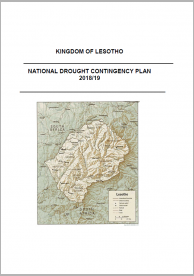
The overall objective of the Drought Contingency Plan is to mount timely, consistent, effective and coordinated response to:
- a) save lives,
- b) save property and
- c) save environment.
The following is a list of all conten labeled as "Risk Identification & Assessment"

The overall objective of the Drought Contingency Plan is to mount timely, consistent, effective and coordinated response to:
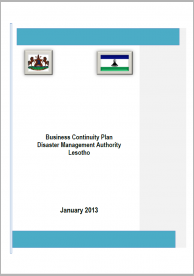
The following Business Continuity Plan (BCP) lists the tasks that should be carried out as soon as an incident, or potential incident, is discovered and/or an emergency that affects the wellbeing of the people of Lesotho.
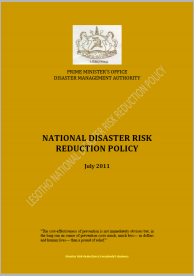
The purpose of national disaster risk reduction policy is to provide a framework for effective planning and implementation of disaster risk reduction in Lesotho. More than 90 percent of disasters in Lesotho are related to climatic changes.
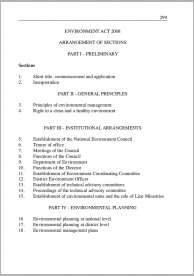
An Act to make provision for the protection and management of the environment and conservation and sustainable utilization of natural resources of Lesotho and for connected matters.
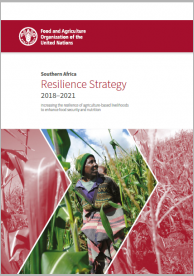
This Strategy aims to increase the resilience of agricultural livelihoods to contribute to enhanced food security and nutrition in Southern Africa through multisectoral, multi-hazard and multistakeholder consultations and joint interventions.

The Plan of Action (PoA) is the strategic plan for the implementation of the Sendai Framework in Africa. It is intended to provide guidance and direction for actions by all at the continental, regional, national and sub-national/local levels in Africa to prevent and reduce the risk of disasters for resilience in line with the Sendai Framework.
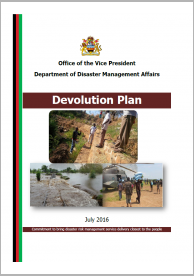
Since December 2010, the structure at the headquarters has been supported by 14 District Disaster Risk Management Offices which are currently manned, on temporary basis, by 13 Assistant District Disaster Risk Management Officers (ADDRMOs) in 13 districts.

The African Risk Capacity (ARC) Strategic Framework for 2016-2020 outlines ARC’s vision, mission, and overarching strategic objectives for the coming five years. This framework sets out areas of thematic focus and the principles of engagement.

The need for a Disaster Risk Management Policy for Malawi has been felt through experiences and lessons learnt by government, civil society organisations and development partners in the coordination of disaster risk management activities in the country.
This policy will serve the following purposes:
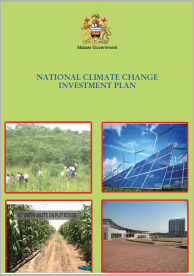
The primary objective of the National Climate Change Investment Plan (NCCIP) is to increase climate change investments in Malawi.